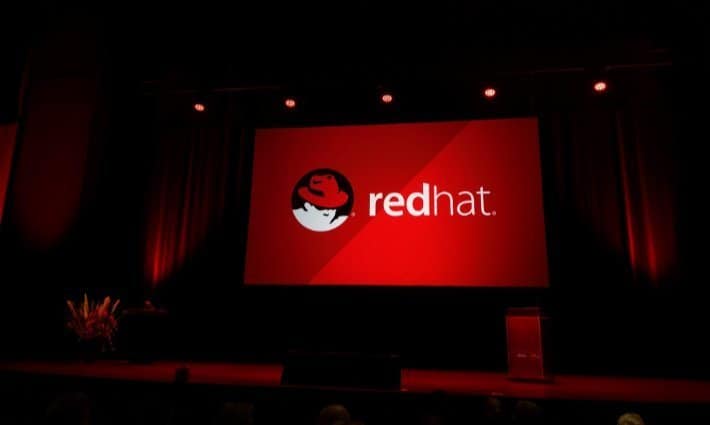OpenShift Container 4.5 offers new Kubernetes-Based Data Services.
Red Hat has released Red Hat OpenShift Container Storage 4.5. The new release delivers Kubernetes-based data services for cloud-native applications across the open hybrid cloud.
Red Hat OpenShift Container Storage 4.5 is tightly integrated with Red Hat OpenShift Container. It is designed to help organizations enable a more seamless data services architecture for applications.
In yesterday’s launch statement, Mike Piech, vice president and general manager, cloud storage and data services at Red Hat, explained the market demand for the new capabilities.
“As organizations continue to modernize cloud-native applications, an essential part of their transformation is understanding how to unlock the power of data these applications are generating,” Piech said.
He added, “we’ve taken a significant step forward in our mission to make enterprise data accessible, resilient and actionable to applications across the open hybrid cloud.”
Leveraging automated data pipelines
Red Hat OpenShift Container Storage 4.5 supports integrated Amazon S3 bucket notifications. This enables users to create an automated data pipeline to ingest, catalog, route and process data in real time. Organizations can now realize the efficiency of automated data pipelines. This is done through notification-driven architectures and integrated access to Red Hat AMQ Streams and OpenShift Serverless.
Virtualization support
With the recent release of Red Hat OpenShift Virtualization, customers can now host virtual machines and containers on a single integrated platform. This is what VMware is currently pursuing with its Tanzu project.
Also read: Will VMware Tanzu be the leading Kubernetes management solution?
Smart scalability
The new release offers a new external mode deployment option with Red Hat Ceph Storage. Ceph can deliver enhanced scalability of more than 10 billion objects without compromising performance.
OpenShift Serverless enables users build and run “smart scaling” applications. When an event-trigger occurs, the application automatically scales up based on incoming demand. The application then scales to zero after use.
Tip: Red Hat feels unbeatable with OpenShift under the wing of IBM
